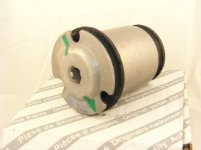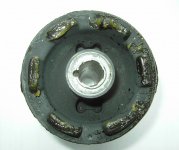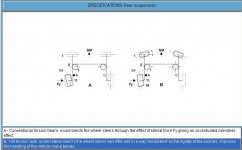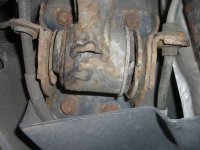Thats exactly what I was told by a Fiat dealer.
He also told me to carefully insert a spike into the bush to make sure there was no oil left in there. They can be under pressure, oil will squirt out and can be warm even hot if the car was driven for a long period just before the seal is broken so be carefull and wear goggles.
Once the oil is out the rubber can be easily removed.
Edit
Once we have a diffinative tested solution perhaps a MOD could create a "Sticky"?
He also told me to carefully insert a spike into the bush to make sure there was no oil left in there. They can be under pressure, oil will squirt out and can be warm even hot if the car was driven for a long period just before the seal is broken so be carefull and wear goggles.
Once the oil is out the rubber can be easily removed.
Edit
Once we have a diffinative tested solution perhaps a MOD could create a "Sticky"?
Last edited:





